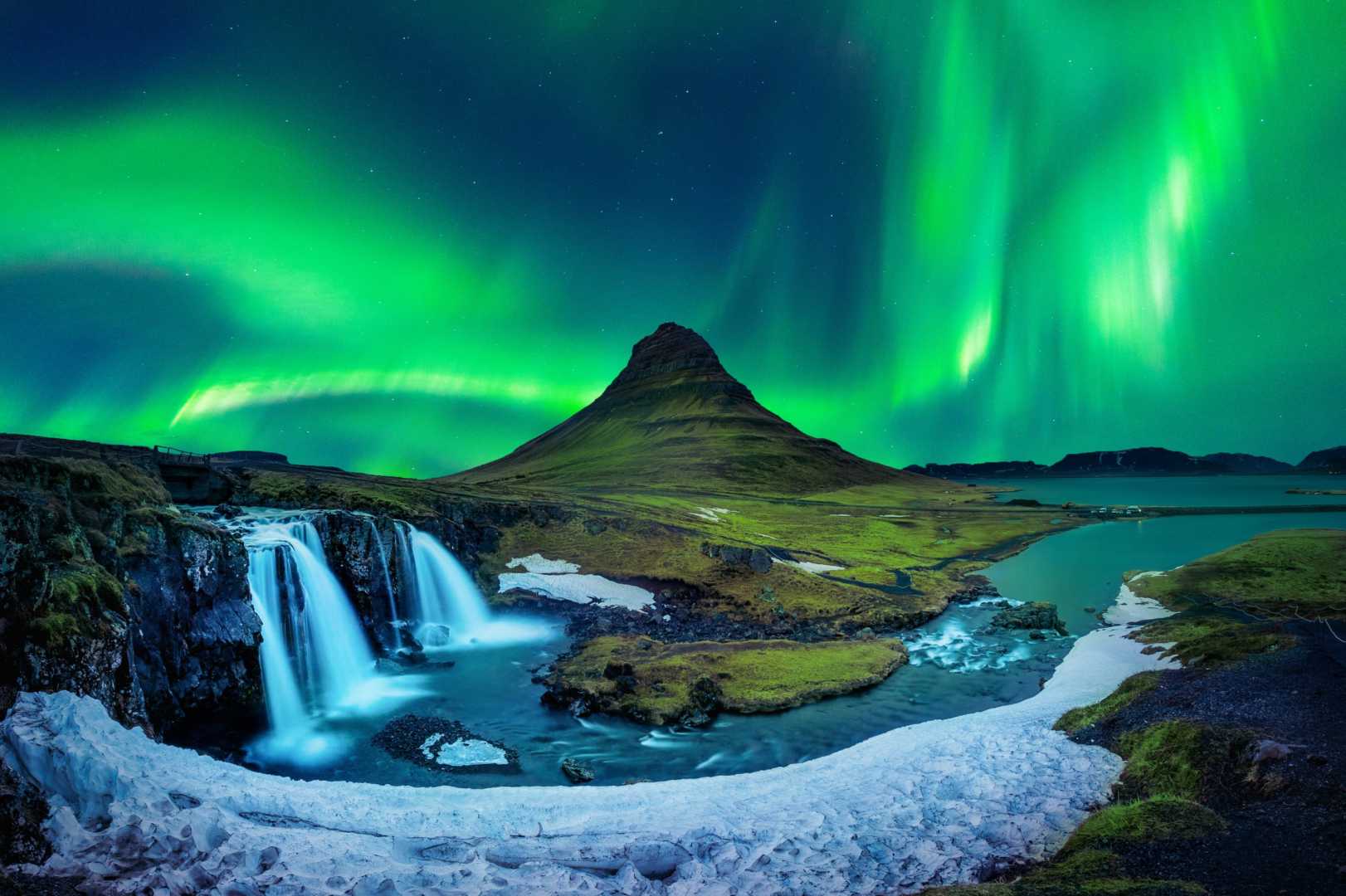News
Solar Eruptions Ignite Stunning Northern Lights Across North America and Europe

REYKJAVIK, Iceland — A rare double solar eruption has sparked breathtaking displays of the northern lights across high-altitude regions of North America and Europe. Two separate coronal mass ejections (CMEs) sent clouds of solar plasma racing toward Earth, resulting in geomagnetic storms and spectacular auroras beginning Tuesday afternoon.
The most vivid displays were reported in Iceland, Sweden, Finland, and the U.K., with skywatchers sharing numerous images of the phenomenon. The National Oceanic and Atmospheric Administration (NOAA) confirmed that a CME impacted Earth’s magnetic field around 1 p.m. EDT on April 15, contributing to the dazzling lights.
“I seriously just captured a meteor in front of Aurora. Incredible,” one excited observer tweeted, showcasing the vibrant colors of the auroras.
According to Spaceweather.com, northern lights were also visible across parts of the northern U.S. and Canada, with reports confirming a remarkable display in Minnesota.
While further auroras were anticipated for the night of April 16, experts indicated that the peak storm window might have already passed. The second CME, which followed closely, likely encountered interference from the first, limiting the potential for additional intense displays.
The Space Weather Prediction Center has maintained a G3 geomagnetic storm watch, signaling moderate to strong geomagnetic activity. The G3 strength is part of a scale of five, with G5 being the most severe storm category.
“The most intense auroras will be over Alaska and Canada tonight,” NOAA’s forecast stated. “However, states in the northern contiguous U.S. may catch glimpses of the lights on the northern horizon.”
This round of heightened geomagnetic activity followed double solar eruptions that took place on April 12 and 13. These eruptions are linked to magnetic filaments on the sun that can destabilize and erupt, sending streams of charged particles toward Earth.
“When these charged particles collide with Earth’s atmosphere, they create the brilliant colors characteristic of the auroras,” explained the NOAA. “They interact with particles of oxygen and nitrogen, resulting in the glowing effects seen in the sky.”
Timing the arrival of CMEs can be challenging, as demonstrated by how quickly the latest CME reached Earth, arriving earlier than many forecasts predicted.
The Met Office in the U.K. has confirmed that the G3 watch remains in effect until 2 p.m. EDT on April 16, with minor G1 storms possible through April 17.
As the phenomena continue to attract attention, many take to social media to share their excitement. One user noted: “For those that know me on here, you’ll know I had two things on my bucket list: see a murmuration and the Northern Lights. Achieved one last year, and tonight I’ve achieved the other from my back garden. I’m overwhelmed.”












